This was the unexpected surprise of our Gold Country Road Trip. Originally we were going to bypass the Preston Castle, but I’m happy to say we decided to stop anyway. There is something about this place that is really intriguing… so much so that La Niña was inspired to start writing a story with the building as a setting; and, for the rest of the day worked on developing her main character.
Preston Castle has been called many things in its lifetime (1894-1960): the Castle, a school of industry, a rehabilitation centre, a reform school, a boy’s school, a correctional facility. Essentially, it was a boy’s prison dating back to Victorian times. In the 1800s, if you were a young boy and convicted of ANY crime in California (petty theft, murder, etc), you were sent to either San Quentin or Folsom prisons with all the hardened men of the Gold Rush and California Wild West era. But in 1889, sentiments changed and California passed a bill that sent boys to a rehabilitation / vocational centre where they could learn an employable skill rather than simply imprisoning them with adults. This centre was Preston Castle.
The youngest boy ever interred was 7-years old and had no criminal record. When a family was really poor and couldn’t afford to feed their kids, some thought it best to make their oldest boy a ward of the state and send him to a place where he got food, water, an education, and had a roof over his head. So in reality, Preston Castle housed not only youth offenders but also a mishmash of boys who were surrendered to the state or orphaned.
The facility was self-sufficient with it’s own food source, water source, and livestock. Each boy made his own clothes and shoes, cleaned and maintained the buildings, and took turns preparing and serving meals. Half of the day was spent in school and the other half spent learning a trade, which could be anything from brick making, electrical wiring, band, barber, blacksmith, farming, butchering, etc. Some famous residents include: Merle Haggard, Rory Calhoun, Lee J. Cobb, Pancho Gonzales, Neal Cassady, Joseph Paul Cretzer, Edward Bunker, and Eddie Anderson.
The complex has a “water slide” on the premises; it was a fire escape built with an enclosed water slide. In a fire, the boys would climb into a metal compartment, water would be released from the roof, and they would slide to the bottom and get out quickly. In the gallery, photos #21, #26, and #27 show the outside of the slide.
The facility has long been a source for ghost stories, sightings, and paranormal investigations. Numerous deaths happened on site (17 from disease, 1 during an escape attempt) as well as one murder. The most known death is that of Anna Corbin, thought to have been murdered by one of the wards after she caught two boys engaged in an illicit act.
We did our tour with a group of “ghost hunters.” Being of Irish Newfoundlander descent, I have to say that being “sensitive” is not as exciting and spectacular as people make it out to be; it’s simply a part of the fabric of being alive. So, to be around a group of people all boasting about sightings and wanting to “find something” and “capture something” on camera really got on our nerves after a while.
But, I will say this: these particular hunters were all in the right place. We travel to a lot of “haunted” places… perhaps a bit tongue in cheek and mostly to hear the stories. I joke about this in other posts because none of the places we have visited are really haunted.
This place is different. Even from the outside, I saw the “corner eye glimpses” and felt the invisible “spider webs” that (for me) indicate that a place is “strange” (a hint for those wanting to capture “something” on video/camera/recorder/whatever: the kitchen is where you want to be).
Ironically, there was also a little 3-year old boy whose parents weren’t part of the ghost hunting group. He kept telling his father, there’s a man over there and pointing to an empty set of stairs. Everyone was too busy taking photos and joking about a prank skeleton in one of the windows to notice the boy. But he was old enough to know that there was something different about “the man” to keep pointing him out to his father.
The society is no longer able to run inside facility tours (as of August 2014). The local fire marshall determined that people cannot be in the building if there are no fire sprinklers; unfortunately, the building has no means of getting water. So, a serious overhaul is needed of the building to make this happen.
There were some people who freaked out when they found out that the tour wouldn’t be an inside tour and asked for their $5 back. I think in this case, every penny counts and every $5 goes towards the upkeep of the building. A micro giving campaign would really help Preston Castle.
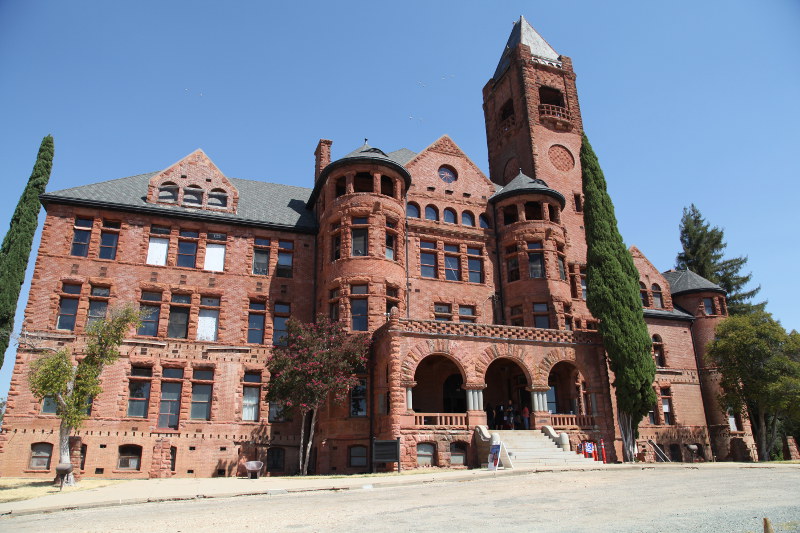
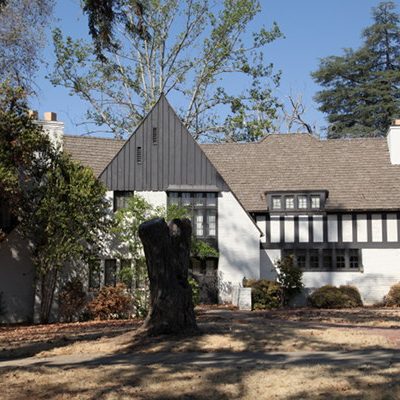
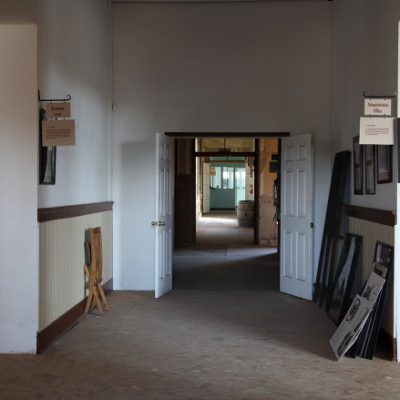
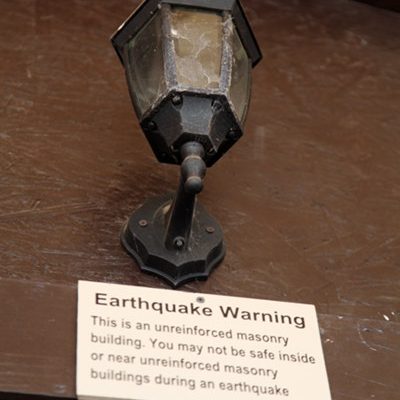
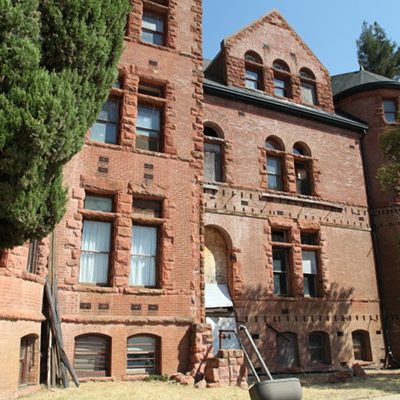
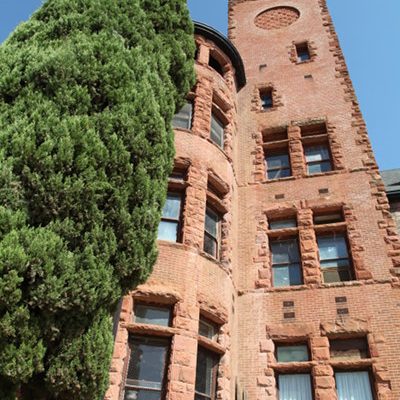
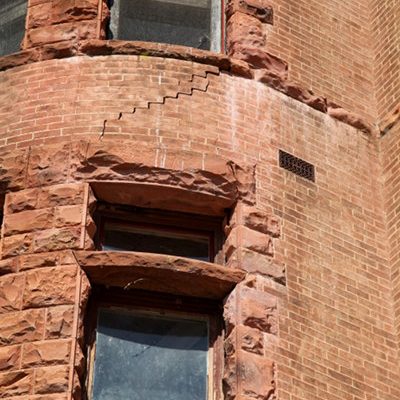
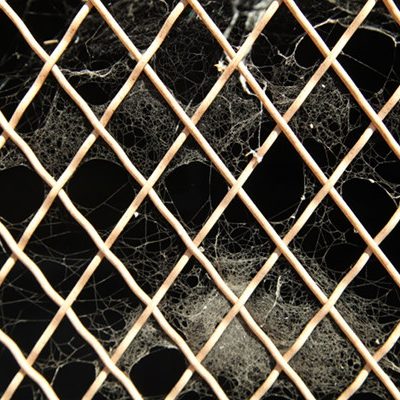
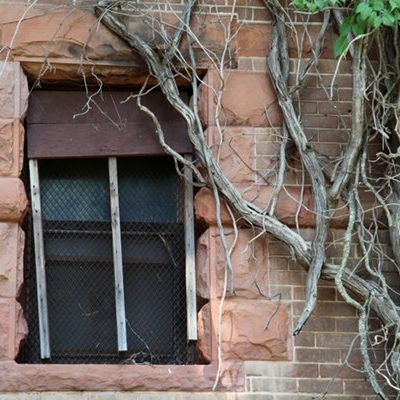
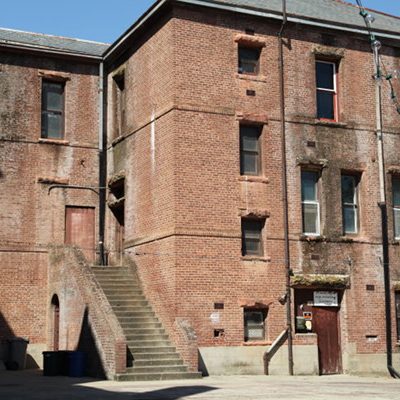
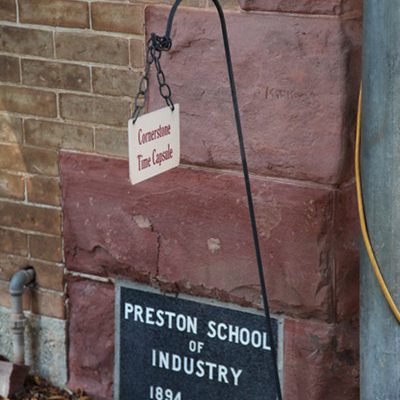
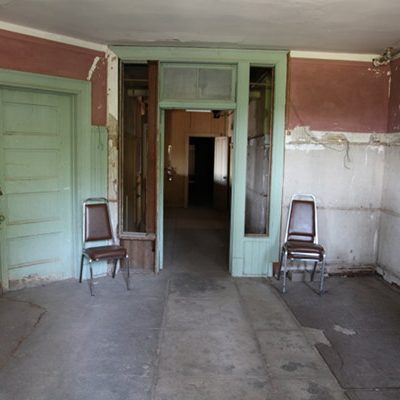
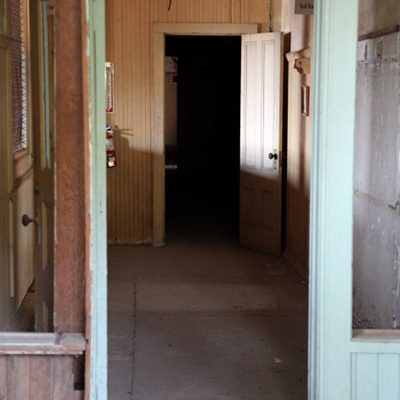
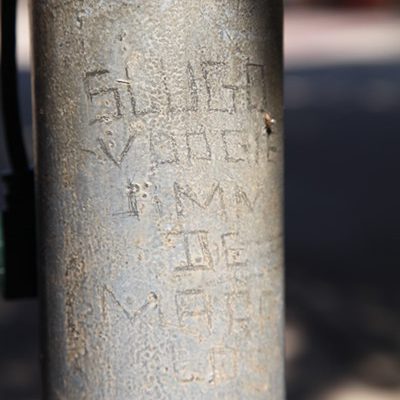
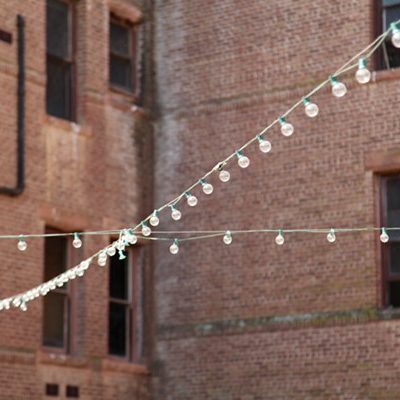
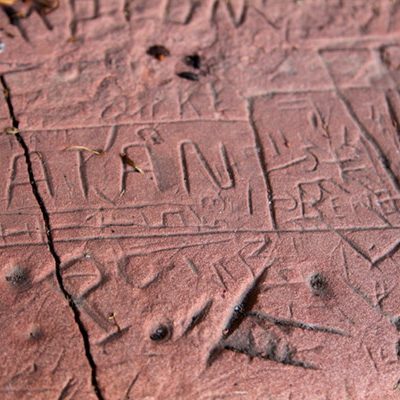
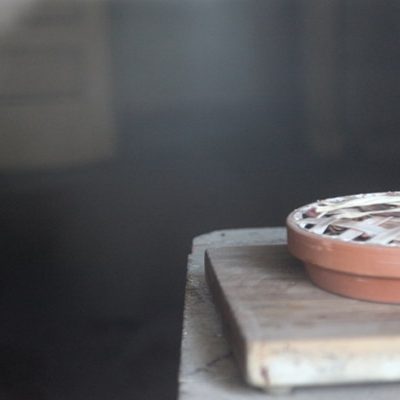
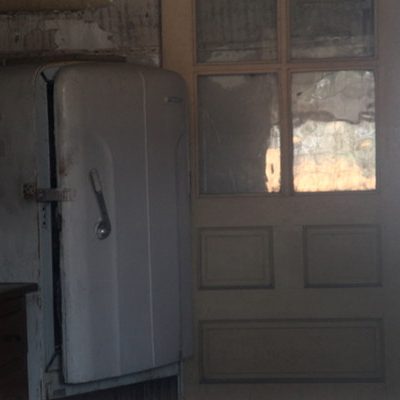
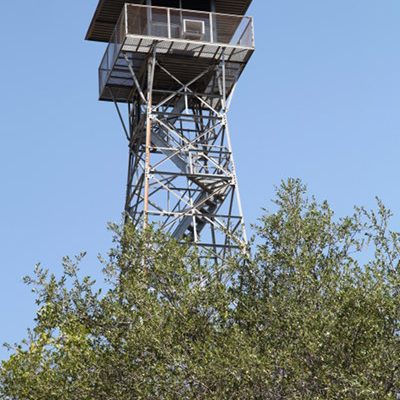
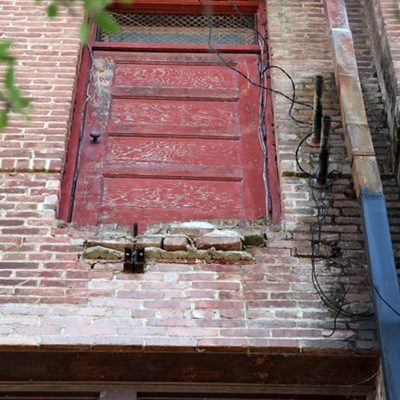
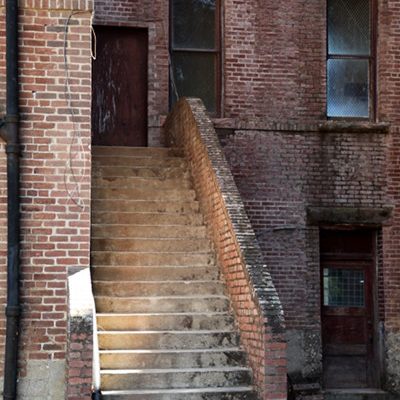
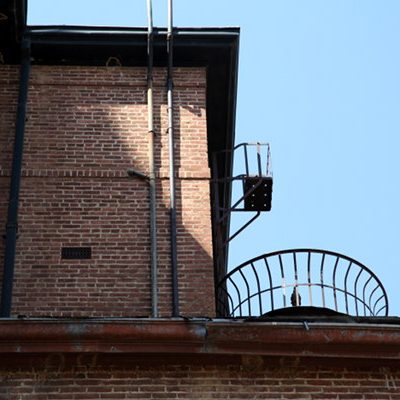
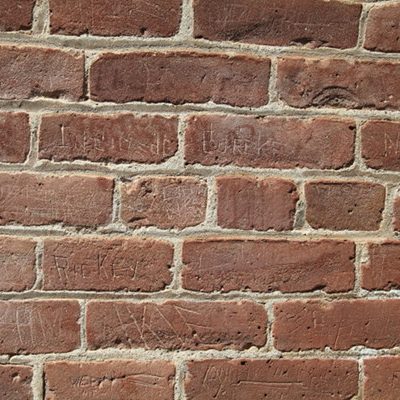
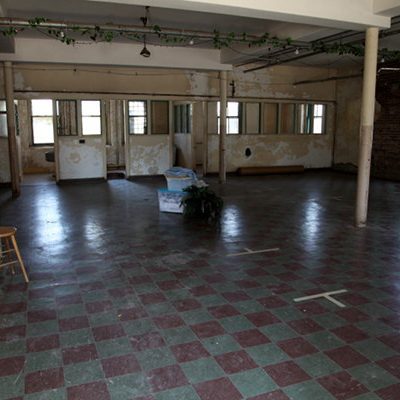
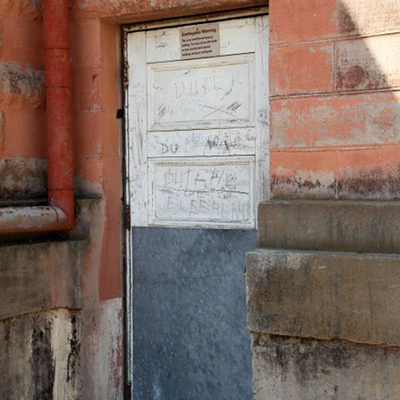
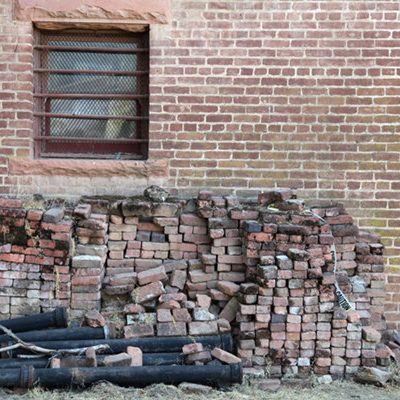
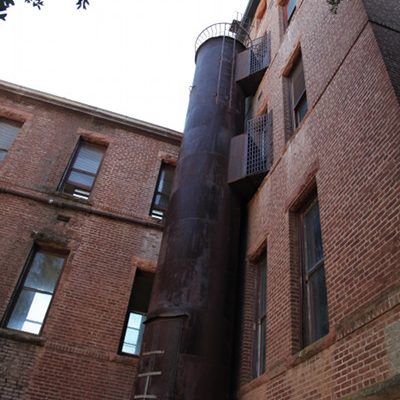
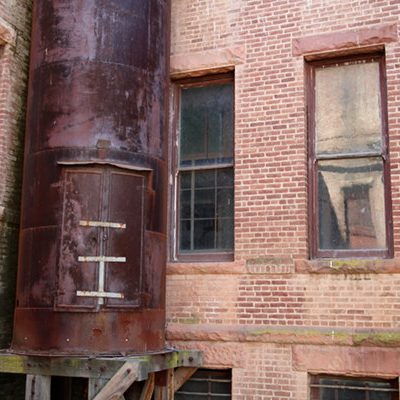
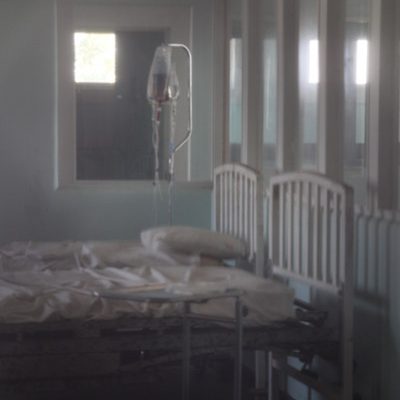
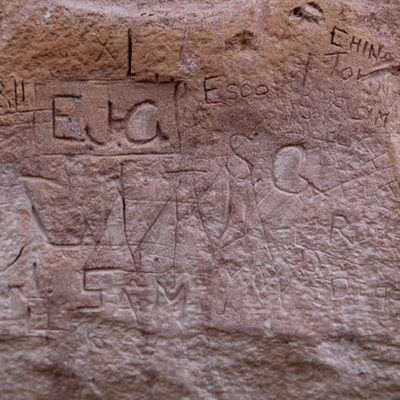
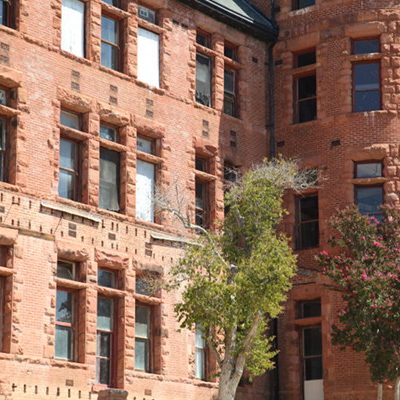
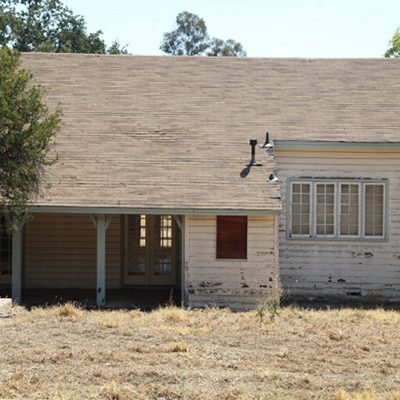
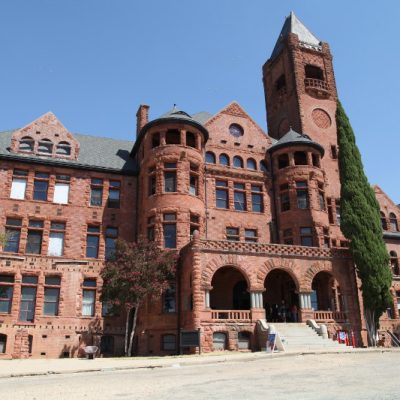
Please note that Lee J. Cobb was not a Preston boy. There was an actor of note who did graduate from Preston: Malcolm Atterbury. See Wikipedia for info about Atterbury.